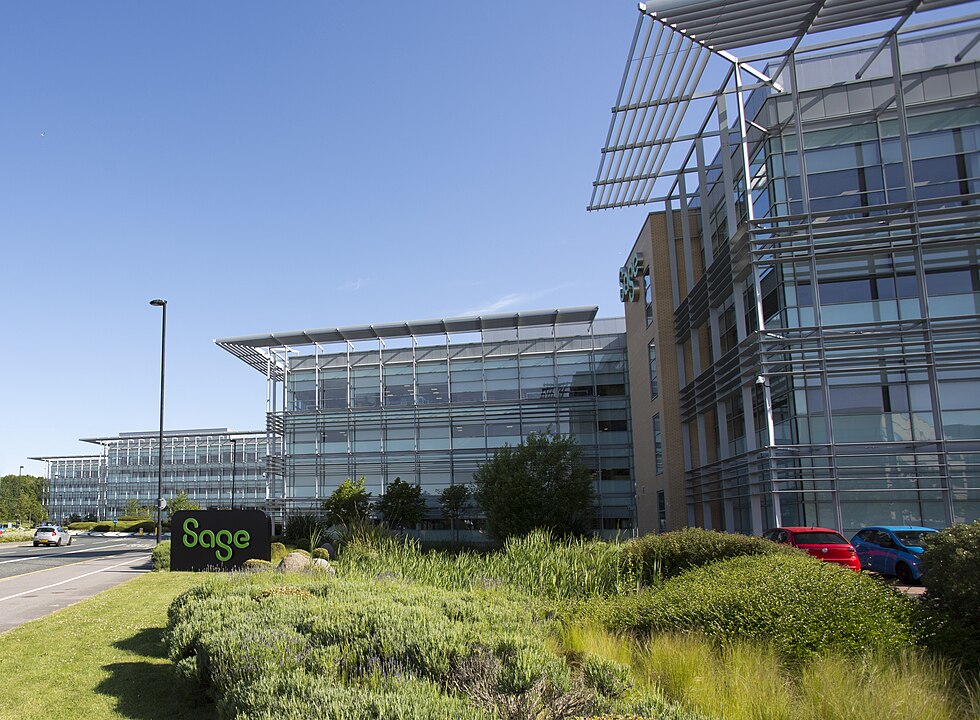Successful digital transformation requires careful consideration of budget and optimization of existing resources to enhance employee satisfaction and ease of processes.
Digital transformation starts with understanding a business’s context and culture.
In the second part of his conversation with ERP Today, Darryl Sackett, CEO of ERP transformation firm, Codestone, says that the company’s end-to-end approach to digital transformation is based on understanding a company’s data, security, and technology.
“Apart from great platform technologies, we have an increasingly strategic role to play in data strategy and analytics,” he says. Sackett argues that most companies do a sub-optimal job of realizing from their data. So, how do people unlock the value of data?
“Organizations must return to Day 1 of the business to answer questions like, what is my purpose? How does data support that strategy? How do you structure it? What insights do you need? And therefore, what value does it generate? to align the goals of unlocking the value of your data,” Sackett says, adding that this is one of the multiple approaches by Codestone to help organizations in their digital transformation journey.
Secure it all
While data drives business insight, protecting that data is paramount. Codestone’s approach to security demonstrates this understanding. The integration of security directly into core business systems like SAP and Microsoft ensures that an ERP system remains both powerful and protected.
Another unique aspect of Codestone’s end-to-end play is its security offering. Sackett observes that while there is security integrated from the end user through to the core business systems, there are limited integrations, for example, between security platforms and [on-premise] ERP platforms. “We created those integrations,” Sackett says. “We have written them, so even if a customer wants to use an older technology as their ERP, we can put them in a modernized platform and make them secure.”
He notes that ERP is the beating heart of an organization – it processes your most critical business transactions and holds your most valuable data. That’s why we’ve developed security solutions that protect these mission-critical systems while enabling business agility.
Codestone’s distinctive security practice is machine-led then people-supported, particularly valuable for organizations with Security Operation Centres (SOCs).
“Typically, an organizations’ security is people-led then machine-supported. We flipped that model as our security is AI-driven,” Sackett explains.
He adds that the efficiency and effectiveness of Codestone’s security offering are multiple steps forward from having a people heavy SOC. “Unfortunately, that model is too slow because the attack vectors are now inbound AI. So, the way forward is answering AI with AI.”
Commercial considerations
However, the best digital transformation strategy is the one that fits with the customer’s planned budget, which includes funding such projects. Sackett believes that this part is often missed.
Sackett says, “We look at ways to optimize contracts, user profiles, licensing profiles, etc., not just on the SAP or Microsoft stack but generally across the whole business by determining whether people are best using their current software and where it can be optimized to fund the transformation initiatives.”
He notes that if tech transformations are done correctly, the employees are happier as their processes become easier through better technology. “Digital transformation for me is technology, it is commercial, and it is cultural,” he says.
Read more about Codestone’s approach to continuous innovation through AI in the final part of our chat with Codestone CEO Darryl Sackett.









